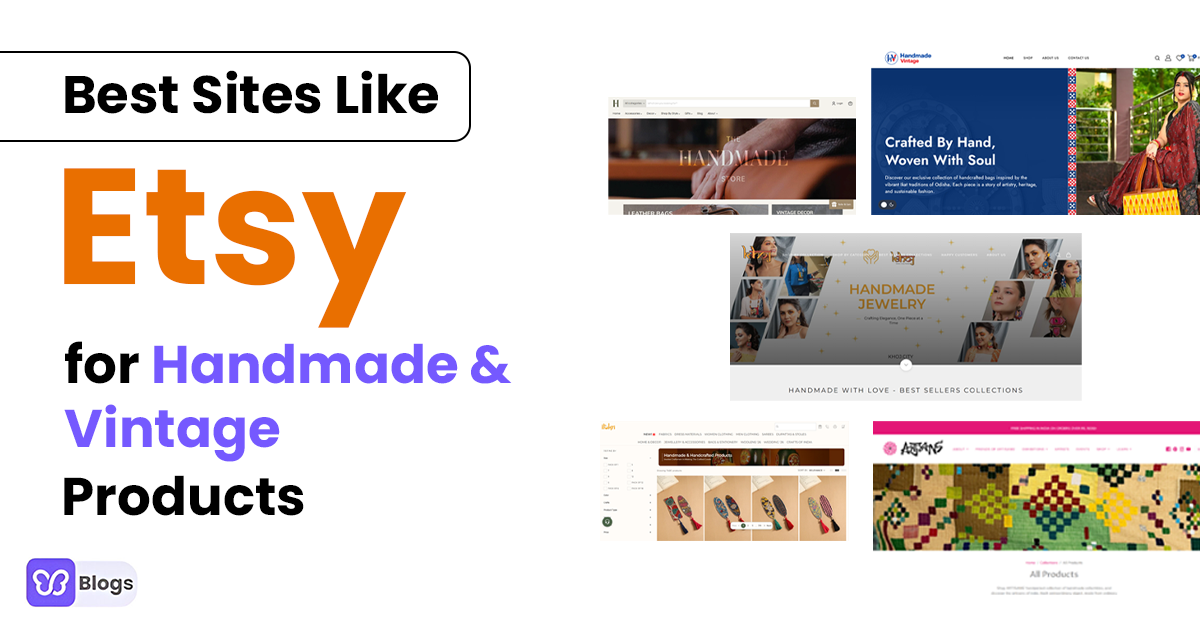You know how when you visit a website, the first thing you notice is how it looks? That's where website themes come into play. They're like the fancy clothes that a website wears to impress its visitors.
A good website theme is more than just a pretty face. It's the visual representation of a brand, showing off its personality and style.
Think of it as the way a brand introduces itself to the world market. So, having a captivating website theme is crucial in making a strong first impression.
But it's not just about looks. A great website theme also focuses on the user experience. Do you know how frustrating it is when you visit a website and can't find what you're looking for?
That's where user experience comes in. A well-designed website theme considers things like easy navigation, intuitive design, and smooth functionality.
When a website has a visually appealing design and user-centric theme, it creates a powerful combination. It captures people's attention with its looks, and then keeps them engaged with a seamless and enjoyable user experience. It's like a designer having a great outfit that not only looks good but also feels comfortable to wear.
That's why today we will dive into the following:
- Understanding website theme
- Enhancing user experience through website themes
- Choosing the right website theme
- Customizing website themes for maximum impact
- Testing and optimizing user experience
So, let's dive right in!







